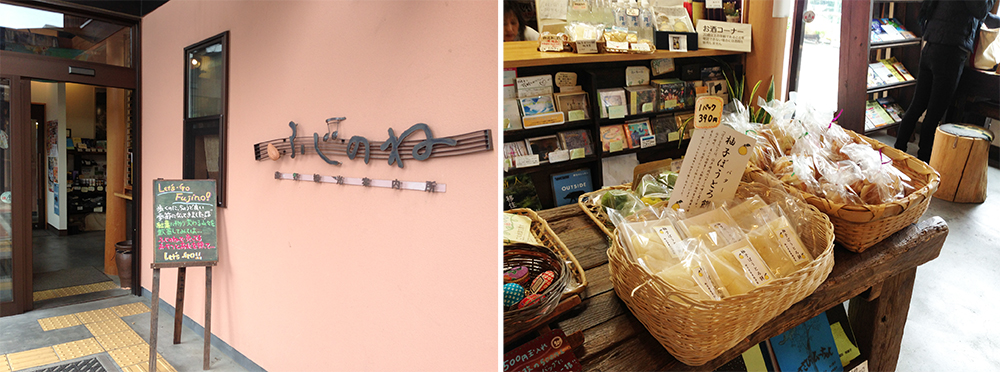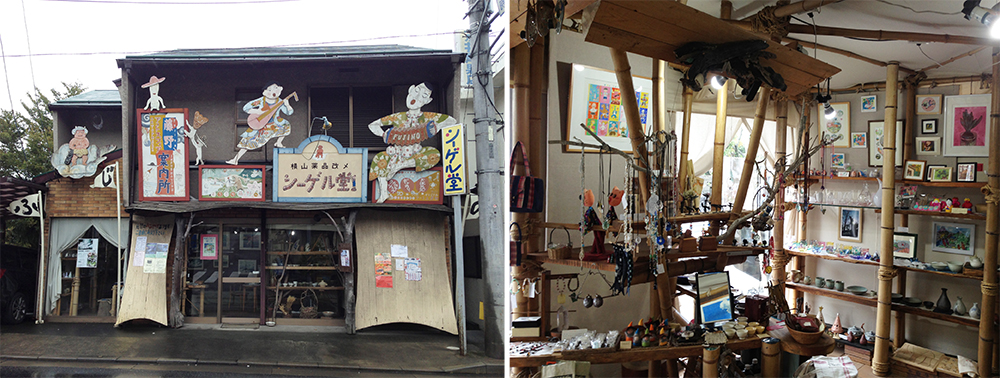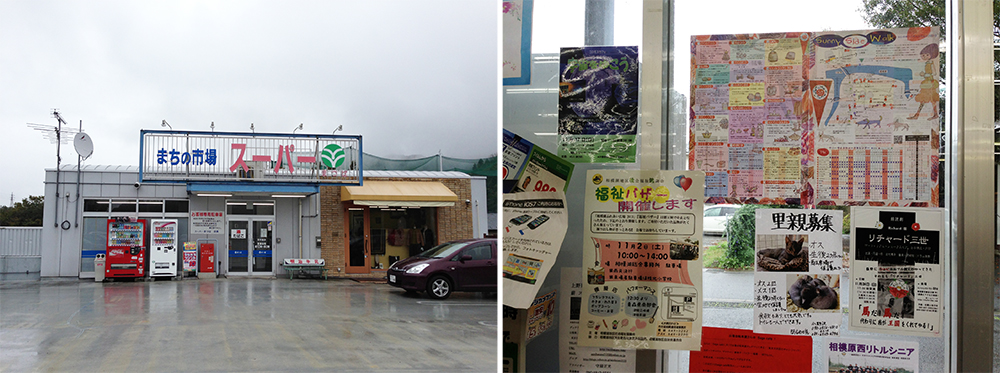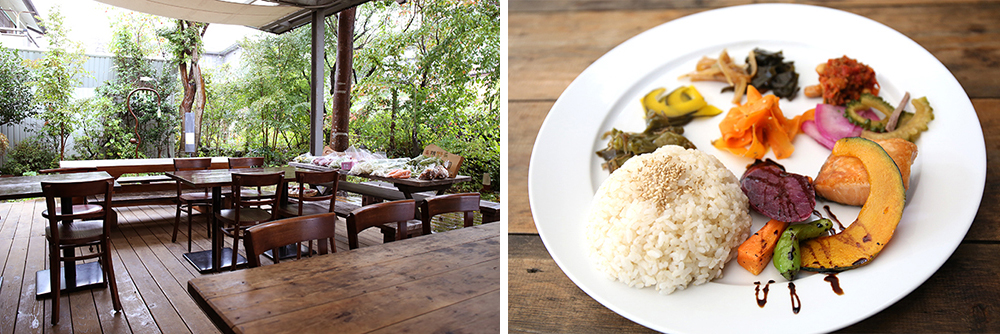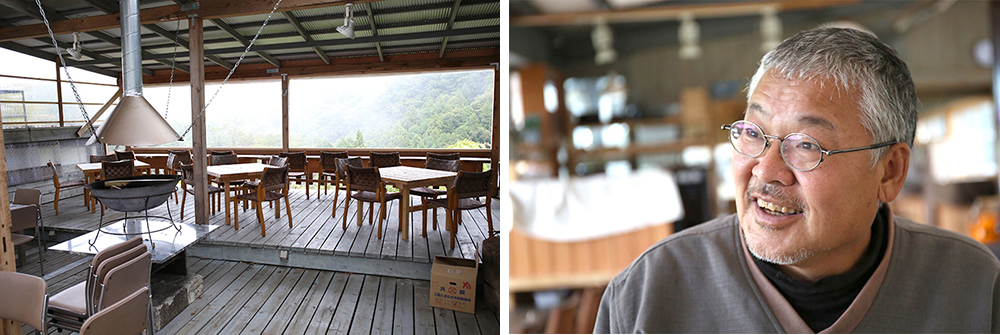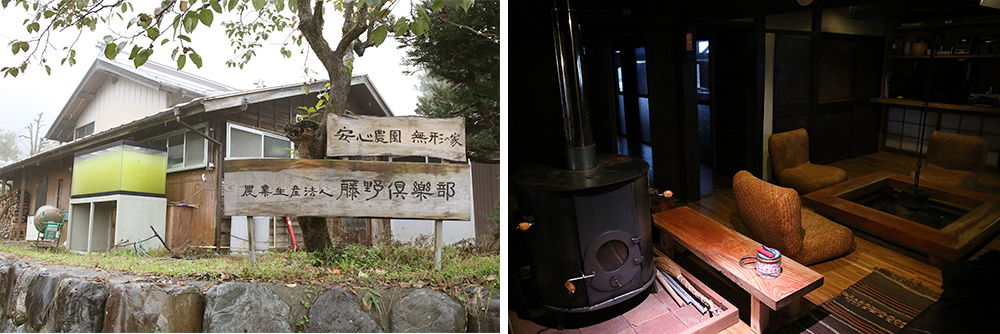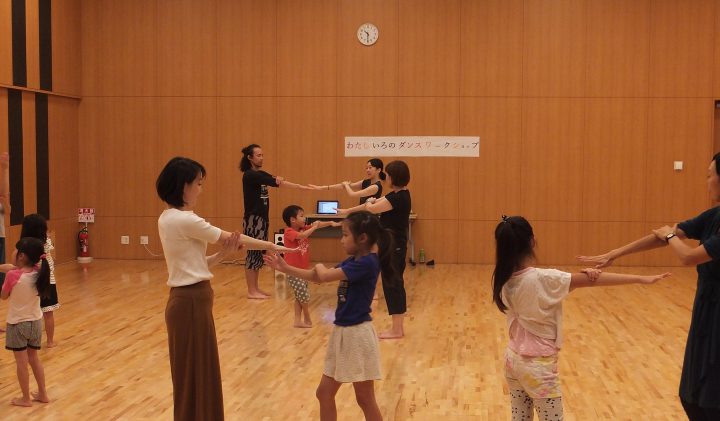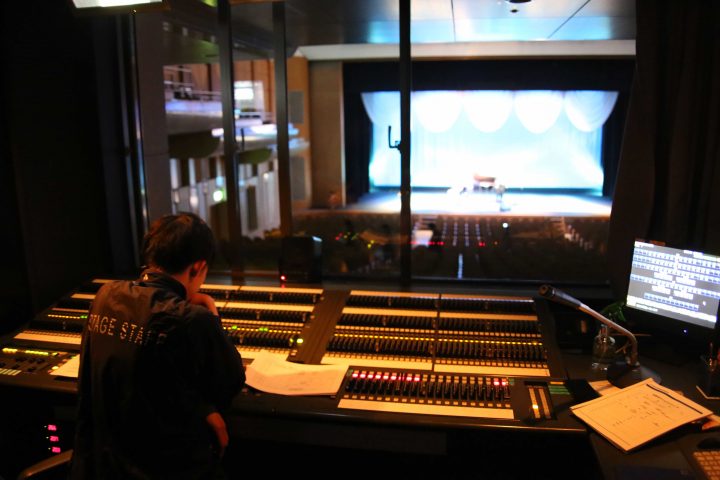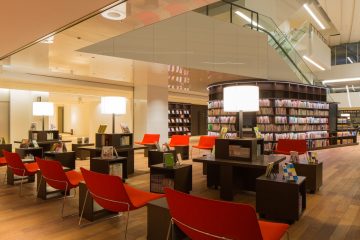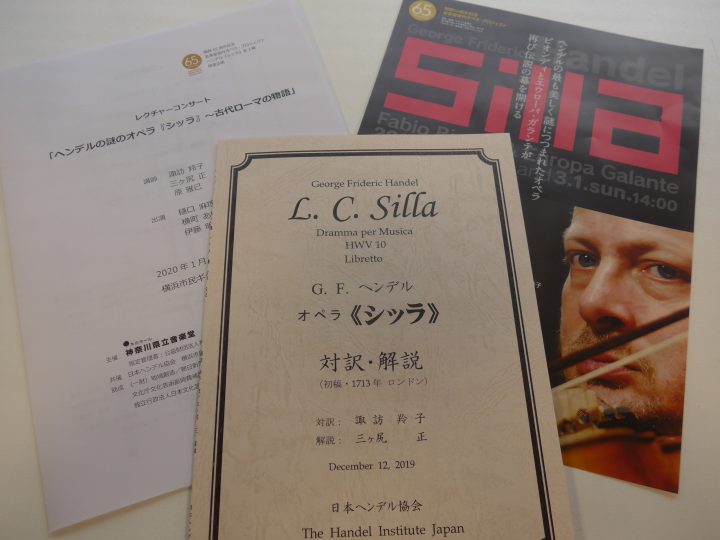I went to Fujino, a rural town in the northwestern corner of Kanagawa Prefecture.

Without further ado, I would like to introduce the places I visited during my visit to Fujino.
Fujino Tourist Information Center "Fujinone"
Near the ticket gates of Fujino Station on the JR Chuo Line
Here you can get information from the many tourist brochures available, and the center is also lined with Fujino's specialty products and works by Fujino's most famous artists, making it a fun and exciting place to find souvenirs and gifts.
"Siegel Hall"
It is located along National Route 20 near Fujino Station.
The interior of this store was also packed with works by local artists.
The store also hosts a mini gallery that changes every month, and in November it will host the "Akaran Exhibition" by Shigeo Nishimura, who created the store's signboard.
"Super Matsuba"
The only supermarket in Fujino.
There were posters and flyers placed behind the cash registers and in the stairwells, so you could get information there as well.
Photo on the right: Lunch "Oven-baked salmon and vegetables" 1,000 yen + 200 yen with miso soup and salad
*Contents vary depending on the season.
"Cafe Restaurant Shu"
A restaurant with a relaxed atmosphere located about an 18-minute walk from the station.
Although it rained on the day, it was very pleasant to be on the outdoor terrace surrounded by nature, and the lunch, made with plenty of fresh Fujino vegetables, was very satisfying in both volume and taste.
There is also a gallery here, and it seems that great events such as live performances and exhibitions are regularly held here! (At the time of this interview, the gallery had not yet opened...)
"Fuji Art Village"
This is a fun art market with nine container galleries where artists mainly active in Fujino gather to exhibit and sell their works, hold workshops, and more.
Photo on the right: "Homemade bacon pizza" with thick handmade pancetta (1,200 yen). The pancetta was perfectly salted, and I wanted to eat it every day.
"Noyama Restaurant"
A restaurant adjacent to Fuji Art Village.
The menu for the Friday we visited was pizza made by a ceramic artist called Tohei Nakamura! So we ordered the recommended pizza.
The chef here changes depending on the day of the week and the time, and so does the menu and atmosphere. I'd like to try going on other days and at other times.
It was here that I met by chance Mr. Kuwabara, who runs the Fujino Club at Noyama no Shokudo, and he ended up showing me around Fujino.
Fujino Club "Naoko's Kitchen"
This is a restaurant (Naoko's Kitchen) where you can eat authentic Korean food using seasonal ingredients harvested at the members-only experiential farm "Anshin Farm." Next door there is a barbecue area and tennis court.
Unfortunately, we went on a rainy day, so the mountain scenery was foggy, but the scenery here was amazing!! Apparently, late November is the best time to see the autumn leaves.
Fujino Club Anshin Farm "Intangible House"
An old house next to Anshin Farm. There is a hearth and a wood stove on the first floor, and a space of about 20 tatami mats on the second floor.
Apparently they also hold events and rent the place out for a day.
We head to our next destination, passing by artworks along the Art Path in the Nagura district (a road with artworks installed on the side of the street).

Porcelain Factory "Seifusha"
This is a studio and gallery run by husband and wife ceramic artists Yasushi and Miki Soejima.
Pure and elegant white porcelain with minimal dyeing is on display and for sale.
A lovely gallery in the woods.
It will become a base for artists' activities from now on!
Currently, all that remains is the underground parking lot of the former site of a hotel that was demolished due to a fire, and there were several ateliers where artists could create their works.
It has just started and there are signs of great things happening! It's an exciting place.
Mr. Kuwabara has guided us around the place so far.
Now I'm heading to the Hikari Festival.
"Hikari Festival"
Held at the former Makigo Elementary School from 10.25 to 10.27
Makigo Lab is a site that was closed at the end of March 2003 and is now used as a studio and workshop for artists and creators. The Hikari Festival is an art festival held every summer by Makigo Lab. This year was the 10th festival and was held in the fall.
The venue was a school, so the live performance took place in the schoolyard, with stalls set up all around it.
Once inside the school building, there were displays of light-based artworks, a candle shop and a bar, creating a fantastical atmosphere.
You will be sleeping in the gymnasium, but if you bring your own sleeping bag you can stay overnight on site. You can also stay in nearby accommodation, and there are hot springs nearby, so you can enjoy the three-day Hikari Festival at your own pace.
This time, I wanted to get to know Fujino better, using the Hikari Festival as an opportunity, so I greedily went around and saw one thing after another.
It rained all day on the day we visited, and as we drove along we were enveloped in mist, which gave us a strange feeling.
I also met many new people, which was the best thing I gained from this experience.
Fujino Town is also famous as the place where Tsuguharu Foujita and Genichiro Inokuma evacuated to. Apparently, it is currently chosen as the "number one place to live" in Kanagawa Prefecture!
Fujino Town has long been visited by artists, and even today it remains a base for artists who are fascinated by the area.
There are so many charms to Fujino, including the local currency, the strong local community, the fresh air, the kindness and warmth of the people, and so on.
Fujino is a place that draws people in and makes them want to visit again and again.
